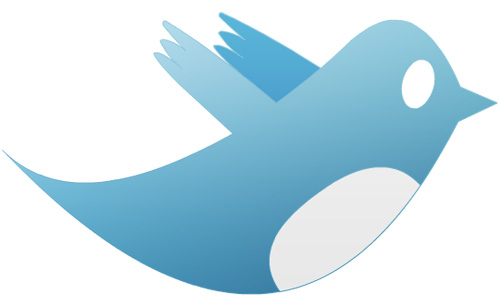Measuring Public Engagement in Social Media
 When the power went out for several days last winter, the Asheville community and Progress Energy* turned to Twitter to facilitate communication about outage areas and power restoration plans. With computers and internet access out of commission, mobile phones became the primary means of communication and Progress Energy’s following on Twitter exploded in the storm’s aftermath.
When the power went out for several days last winter, the Asheville community and Progress Energy* turned to Twitter to facilitate communication about outage areas and power restoration plans. With computers and internet access out of commission, mobile phones became the primary means of communication and Progress Energy’s following on Twitter exploded in the storm’s aftermath.
[Pictured: This is the view from a Progress Energy helicopter doing damage assessment of remote, mountain transmission lines during the Asheville Storm. See more pictures here.]
Customers appreciated the accurate information and direct communication that came through Progress Energy’s tweets. The Asheville Storm response is a great case study for governments looking to utilize social media in crisis response.
This spring, Progress Energy won a NC Public Relations Society’s InSpire Award for their social media response to the Asheville Storm, and the company has revamped its response plans to include social media strategy. From Progress Energy’s award application:
“For an electric utility, few crises are as important as recovering quickly from a severe storm. During Christmas week 2009, Western North Carolina was hit with its most severe winter storm in a decade, knocking out power to more than 240,000 Progress Energy customers. The utility successfully executed its storm social media plan to dramatically expand customer and media engagement at no extra cost. The execution of this plan directly influenced online conversations toward the positive, spread important messages, put down rumors and received accolades from online and offline media. Since then, many utilities have copied the Progress Energy model.”
While Progress Energy has a vibrant presence on Twitter and Flickr, this summer I’m working with the social media team to create and launch a Facebook campaign to give customers another way to interact with the company. For my research, I looked up all energy and utility companies on the Forbes Fortune 500 list and examined their social media presence; precious few of them were using any type of social media. Two companies were using Facebook extensively, and I was able to interview their Facebook administrators to pick their brains about social media strategy in the energy and utility industries. I hope to use some of this research in crafting my capstone proposal later this summer.
I’m also working to create a social media report template to measure and record our social media presence, but figuring out exactly what we want to measure and track has been a challenge. I’m curious: (1) How are local government leaders measuring and tracking their social media presence? and (2) How do others define successful social media campaigns?
I’ll be checking out our social media management tools as I make my template, but I’d love to hear from anyone else tackling the same questions in their work!
*The views expressed on this blog posting are mine alone and do not necessarily reflect the views of my employer.




One Response to “Measuring Public Engagement in Social Media”
Ernesto Olsen
Very cool blog! Thank you so much for your effort in posting this.